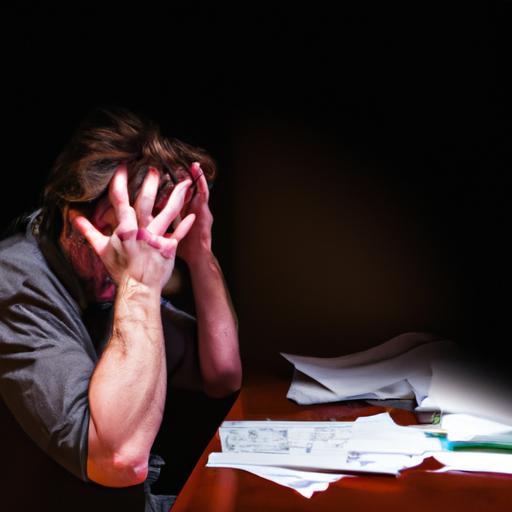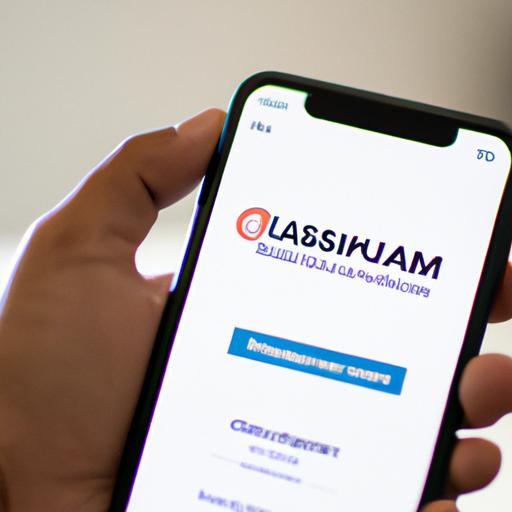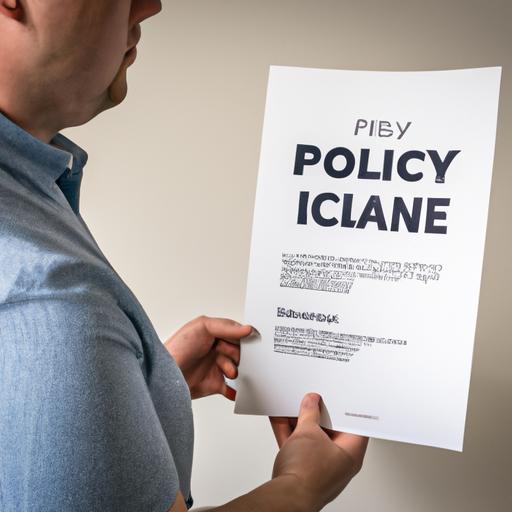What Happens When You Claim Bankruptcy: Understanding the Impact
Introduction
Bankruptcy, a term often shrouded in misconceptions and fear, is a legal process designed to provide individuals and businesses overwhelmed by debt with a fresh start. It involves declaring an inability to meet financial obligations, leading to a structured approach to managing debts. Understanding the ramifications of claiming bankruptcy is crucial for anyone considering this option.
At its core, bankruptcy signifies a turning point in one’s financial journey, offering a chance to regain control and work towards a more stable future. By delving into the intricacies of bankruptcy, we can unravel its implications and navigate the complexities of this process effectively. Let’s explore the definition of bankruptcy and underscore the significance of comprehending what occurs when you claim bankruptcy.
Process of Claiming Bankruptcy
Types of Bankruptcy
Bankruptcy proceedings in the United States are primarily categorized into two main types: Chapter 7 and Chapter 13. Chapter 7 bankruptcy, often referred to as “liquidation bankruptcy,” involves the sale of assets to pay off creditors and results in the discharge of most debts. On the other hand, Chapter 13 bankruptcy, known as “reorganization bankruptcy,” allows individuals to create a repayment plan to settle debts over a specified period.
Steps to File for Bankruptcy
Filing for bankruptcy entails a series of steps that must be meticulously followed. These typically include gathering financial documents, completing credit counseling, filling out bankruptcy forms, attending a meeting of creditors, and complying with court requirements. It is essential to adhere to these procedures accurately to ensure a smooth and successful bankruptcy process.
Role of Bankruptcy Trustee
A bankruptcy trustee plays a pivotal role in overseeing the bankruptcy case and ensuring compliance with legal requirements. They are responsible for managing the administration of the bankruptcy estate, reviewing financial disclosures, conducting meetings with creditors, and facilitating the distribution of assets. The trustee acts as a neutral party, safeguarding the interests of both debtors and creditors throughout the bankruptcy proceedings.
Immediate Effects of Claiming Bankruptcy
Automatic Stay on Collection Actions
Upon filing for bankruptcy, an automatic stay is imposed, halting all collection actions by creditors. This legal injunction offers a shield of protection, preventing creditors from pursuing debt repayment through avenues like wage garnishment or repossession. The automatic stay provides a breathing space for individuals to assess their financial situation without the constant pressure of creditor demands.
Discharge of Debts
One of the immediate outcomes of claiming bankruptcy is the discharge of eligible debts. Through the bankruptcy process, certain debts may be forgiven, relieving individuals of the obligation to repay them. This discharge offers a fresh start, allowing individuals to move forward without the burden of overwhelming debt hanging over their heads.
Impact on Credit Score
Claiming bankruptcy can have a significant impact on an individual’s credit score. While it may initially lower the credit score, it also marks the beginning of a journey towards rebuilding credit. Understanding the implications of this impact is crucial for individuals navigating the aftermath of bankruptcy and working towards restoring their financial health.
Long-Term Effects of Claiming Bankruptcy
Difficulty in Obtaining Credit
Claiming bankruptcy can have a lasting impact on your ability to secure credit in the future. Lenders may view you as a higher risk borrower due to the previous financial challenges that led to bankruptcy. This can result in limited access to credit cards, loans, and other financial products, making it challenging to rebuild your credit history.
Potential Loss of Assets
One of the long-term consequences of bankruptcy is the potential loss of assets. Depending on the type of bankruptcy filed, you may be required to liquidate certain assets to repay creditors. This can include selling off property, vehicles, or other valuable possessions to satisfy outstanding debts, leading to a significant impact on your financial standing.
Difficulty in Securing Loans
After claiming bankruptcy, obtaining loans can become a cumbersome process. Lenders may be hesitant to extend credit to individuals with a history of bankruptcy, making it challenging to access funds for major purchases or investments. Building trust with lenders and demonstrating responsible financial behavior over time can help improve your chances of securing loans in the future.
Alternative Options to Bankruptcy
Debt Consolidation
Debt consolidation involves combining multiple debts into a single, more manageable loan with favorable terms. By streamlining debts, individuals can simplify their repayment process and potentially lower their overall interest rates. This option allows for a structured approach to tackling debts without resorting to bankruptcy.
Negotiating with Creditors
Engaging in negotiations with creditors can often yield favorable outcomes for individuals struggling with debt. By communicating openly about financial hardships and proposing feasible repayment plans, it is possible to reach agreements that alleviate the burden of debt. Negotiating with creditors demonstrates a proactive approach to resolving financial difficulties outside of the confines of bankruptcy.
Credit Counseling
Credit counseling offers individuals the opportunity to receive expert guidance on managing their finances and debts. Through counseling sessions, individuals can gain valuable insights into budgeting, debt repayment strategies, and financial planning. By working with credit counselors, individuals can develop personalized plans to address their financial challenges and avoid the need for bankruptcy.
Conclusion
In conclusion, understanding what happens when you claim bankruptcy is paramount in making informed financial decisions. By grasping the immediate and long-term effects of this process, individuals can assess their options and choose the path that aligns with their goals. Seeking professional advice and exploring alternative solutions before resorting to bankruptcy can provide a clearer perspective on managing debts and rebuilding financial stability.
Remember, claiming bankruptcy is not a standalone solution but a tool to address overwhelming debt. With proper guidance and a proactive approach, individuals can navigate the challenges of bankruptcy and emerge stronger on the other side. By acknowledging the implications and taking proactive steps towards financial recovery, individuals can pave the way for a brighter financial future.





